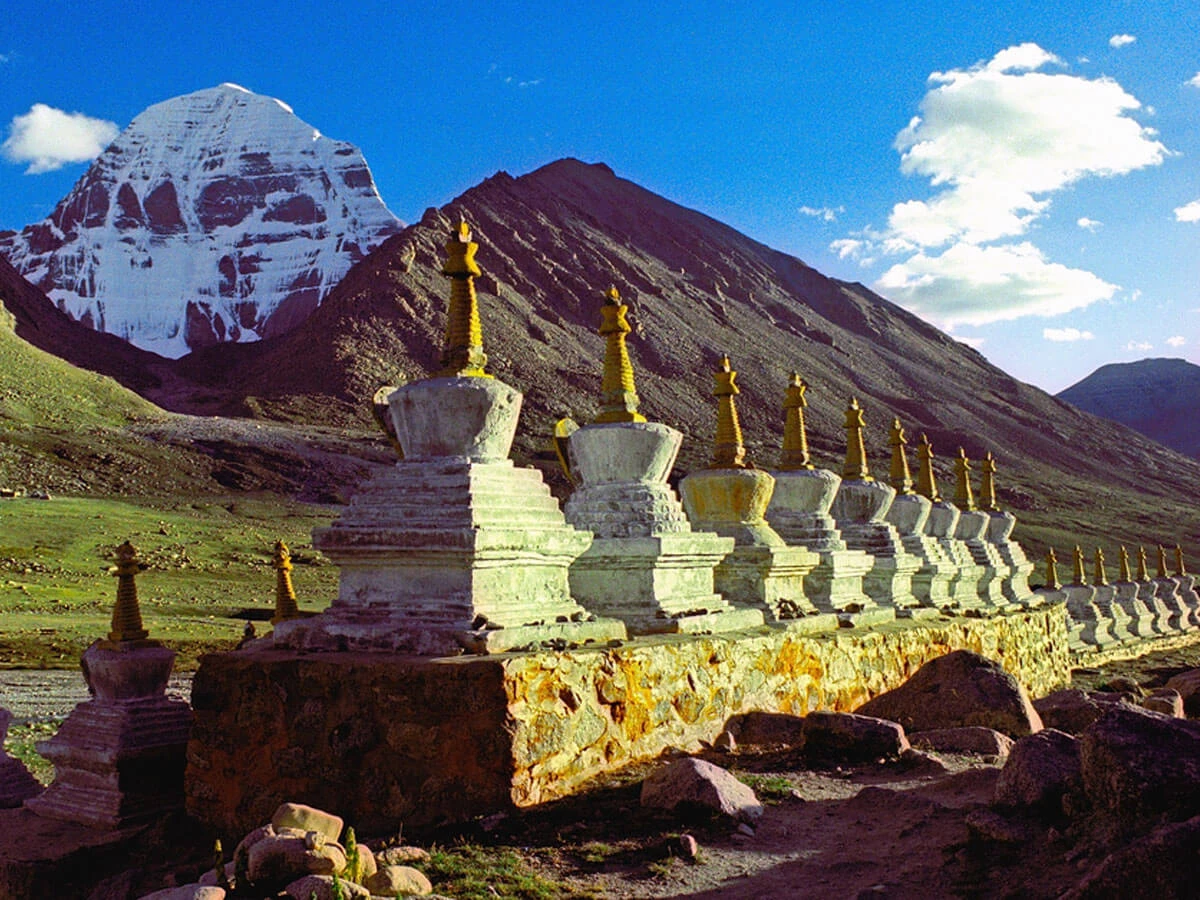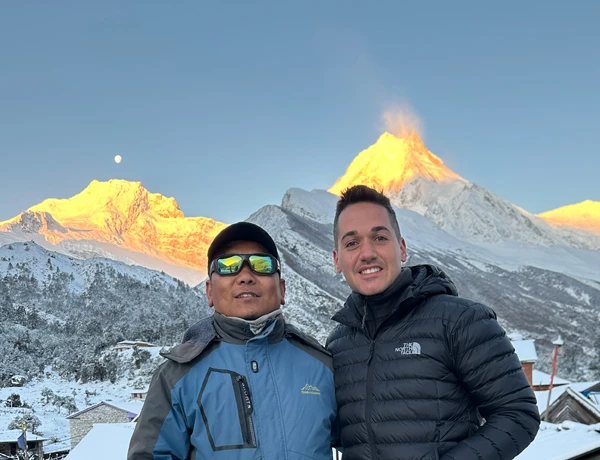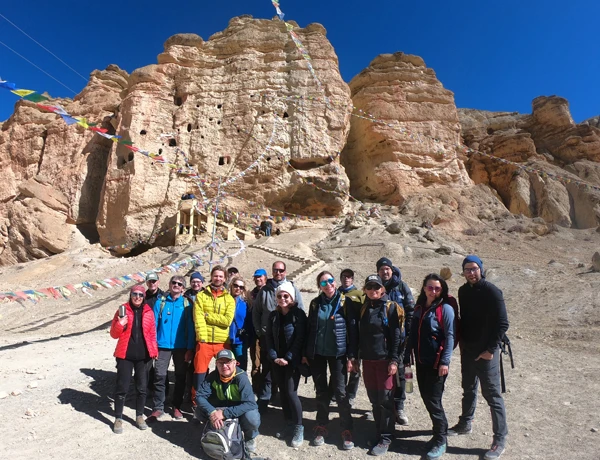Humla Simikot is the shortest and most realistic route to visit Mt. Kailash and Mansarover in terms of gaining elevation and distance. As Mt. Kailash and Mansarovar are the sacred shrines of Hindus, Buddhists, Bonpo, and Jainism, thousands of people from India, Nepal, Tibet, and other countries visit every year. This route is the most popular spiritual journey to Tibet and is being developed as a transit point between India and China. The governments of Nepal and China officially agreed to open the Hilsa border in May 1993 for prosperity and easy access between the two countries. From that time on, travelers can make tours to Mt. Kailash and Manasarovar Lake through the Hilsa border. Simikot, the most remote district of Nepal, is located far northwest along the border with Tibet. Besides Holy Tour, it treats its visitors with amazing landscape views and outstanding richness in culture and history.
According to the Hindu myth “Vishnu Purana," Mount Kailash (6,638 m) is the holiest mountain in the Himalayas, known as the central pillar of the world, with four faces made of crystal, ruby, gold, and lapis lazuli. Similarly, the holy lake Manasarovar, situated at 4,590 meters elevation, is an epitome of purity, and people who drink water from this lake will go to heaven. It is associated with nearby Lake Rakshas Tal by the natural Ganga Chhu channel, four of the most significant rivers of the Hidden Subcontinent: the Indus, Sutlej, Karnali (a tributary of the Ganges River and Nepal's longest river), and Brahmaputra.
The Mt. Kailash Tour starts from Simikot (2985 m); as there is no direct flight from Kathmandu to Simikot, you need to spend at least one night at Nepaljung to catch the morning flight to Simikot. The trail passes along the Karnali riverbank, through beautiful mountain scenery and villages, leading into the nontouristic region of Nepal that was historically used by salt caravans traveling across the border to Tibet, which is considered one of the most magical countries in the world. It climbs to Nara La Pass (4560 m) through the Dharapori, Kermi, Yalbang, Muchu, and Yari on the way to the Limi Valley trail and arrives at Hilsa before reaching the arid Tibetan Plateau. Sera is the first settlement encountered upon entering Tibet.
Trekking from Simikot gives you plenty of time to acclimatize at the higher altitudes. Even if we reach Manasarovar before Mt. Kailash, according to the religious view, first we need to complete the Mount Kailashpilgrim’s Kora (Trek), 50 kilometers (31 miles) cross by Dolma-La pass at 5,600 m. It takes four days to complete the Kora, giving you time for the necessary acclimatization as well as the opportunity to visit three main monasteries with many pilgrims. The Simikot to Kailash tour goes along with the religious Tibetan pilgrims in their colorful robes, giving deep belief in the walk an exceptional spiritual dimension. You see close enough to touch the mighty Shishapangma Mountain. Before reaching the border, drive past the famous Lake Pikutso and return through wild gorges and the renowned Lalung La Pass (5200 m), which is situated directly at the Dhi Ra Puck Monastery on the striking north wall of the sacred mountain, especially during sunrise and sunset, providing an unforgettable experience of a lifetime.
This itinerary is a tour through varied, diverse climate and vegetation zones with unique cultural experiences in the Himalayas. You drive across the Tibetan plateau, endless width on the northern edge of the massive Himalayan range of Mt. Annapurna and the Dhaulagiri massif, and then cross the border back into Nepal near the town of Zhangmu. We at Nepal Mother House are glad to organize your Tibet tour via Simikot with local expertise according to your holiday schedule and requirements.








